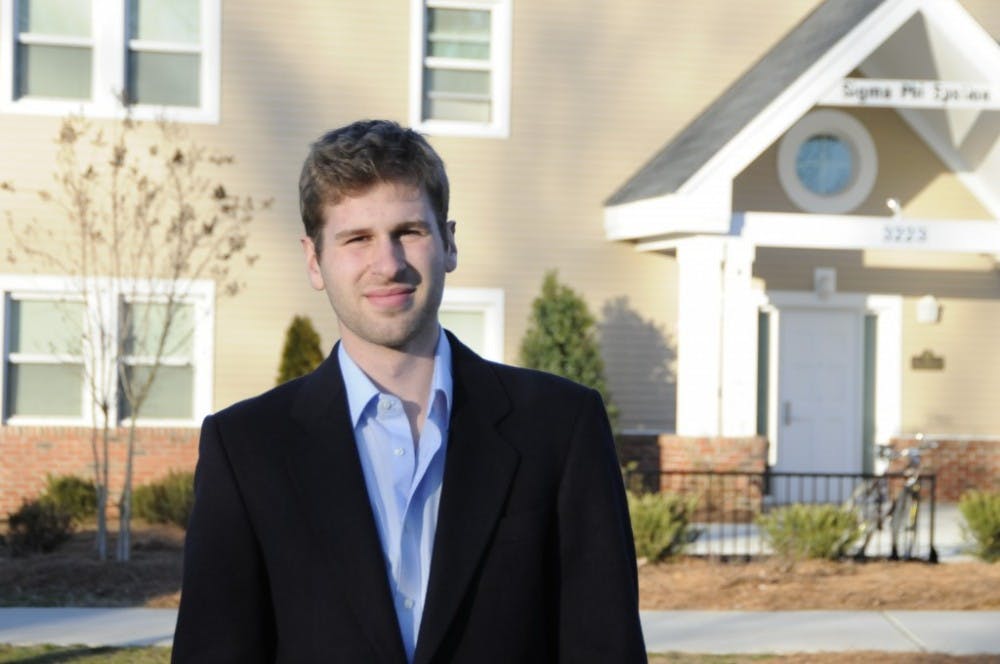Sophomore Miles Grunvald recently led an effort to register Elon University students with the National Marrow Donor Program (NMDP), a national registry of potential donors of both peripheral blood stem cells (PBSC) and bone marrow last week. Established 25 years ago, the NMDP is a nonprofit organization with the sole aim of finding stem cell and marrow matches between donors and critically ill patients across the nation.
“The NMDP is the largest, most diverse registry of potential stem cell and marrow donors in the world,” said Betsie Letterle, account executive for the program. “To date, we have facilitated over 50 thousand transplants.”
The entertainment industry often portrays bone marrow transplant procedures as highly painful and dramatic. Fictional TV dramas like “Grey’s Anatomy” and “House” show patients wincing and writhing as doctors drive lengthy silver syringes into targeted bones. Scenes like these are largely inaccurate and often foster misconceptions regarding bone marrow transplants.
“One of the biggest challenges that the NMDP faces is the perception that marrow donation is this terribly awful and painful thing, when in reality it is a life-saving treatment that does not do much harm to the donor at all,” Grunvald said.
Bone marrow transplant is a surgical procedure, during which the donor is put under general anesthesia. The doctor then inserts a syringe into the outermost part of the patient’s hipbone and withdraws a small amount of marrow. The body replaces the marrow naturally, usually within four to six weeks following the procedure.
“(The surgery) is minimally invasive — (the doctor) doesn’t open you up or anything like that. You don’t feel a thing while you’re there,” Grunvald said.
Grunvald first heard of the NMDP on the radio three years ago as he was driving to work.
“It was so moving to hear people talk about the program,” he said. “As soon as I got out of work, I went on the site and I was on the registry within two weeks.”
Although Grunvald continually advocates registration, this was his first time doing a formal drive. On Feb. 8-9, he manned a table in Moseley Center set with registration information and material.
Passing students eyed Grunvald’s table warily and hesitated to register upon hearing the words “marrow transplant.” But he patiently dissolved their reservations and persuaded more than 80 students to sign up.
After registering, students underwent the initial phase of tissue testing on Feb. 14- 15, which involved the completion of health forms and oral tissue swabbing.
Because bone marrow and PBSC matches are exceedingly rare, registering with the NMDP does not guarantee a potential donor will be matched with a patient. Only approximately one in 40 registered members will be called for
additional testing to narrow the list of potential donors, and only about one in 540 members will eventually donate marrow or PBSC.
“There is a huge need for marrow and one marrow donation is going to directly impact the life of someone who is critically ill,” Grunvald said. “I feel that the process went very well.”
Editor's Note: Grunvald's fraternity, Sigma Phi Epsilon, helped in the event, including providing volunteers, publicizing and organizing the effort.


